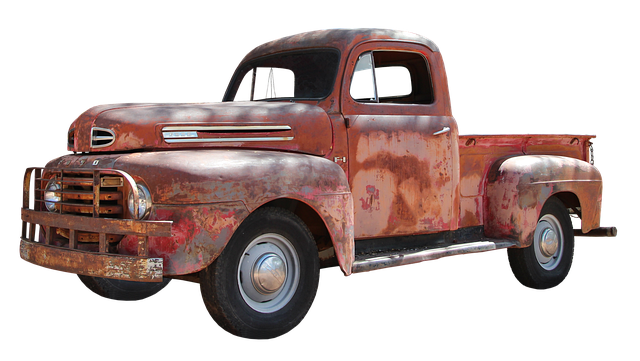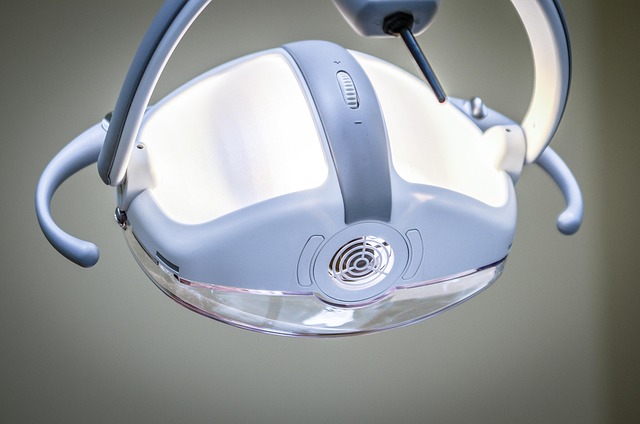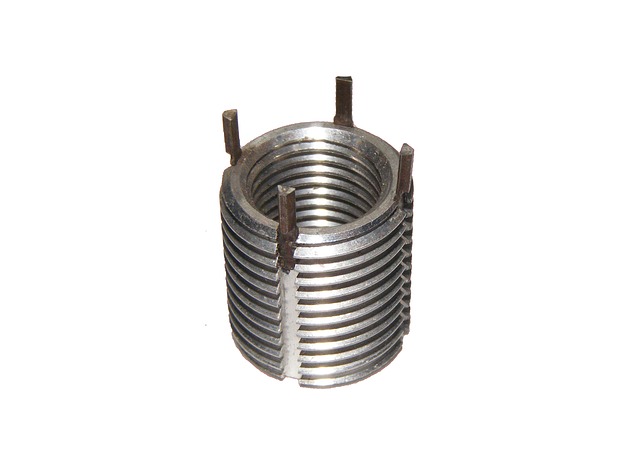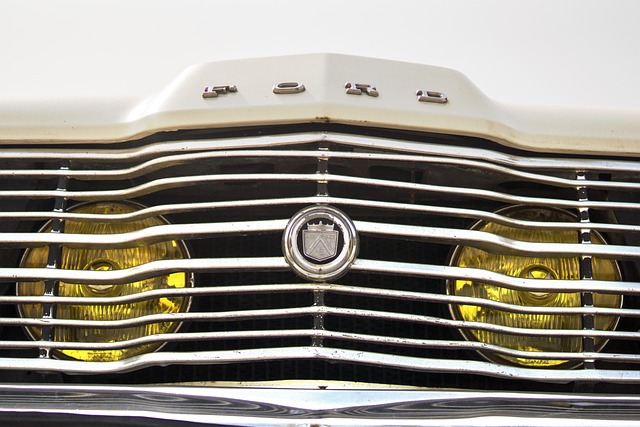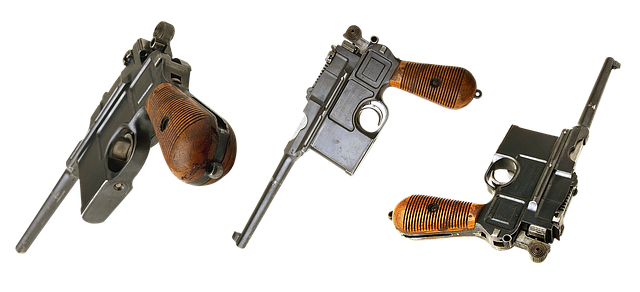For top-tier plastic body part repair, the right tools are key. This includes specialized cutting tools, body filler, sandpaper, and paint supplies for addressing imperfections. Advanced technologies like heat guns and vacuum forming machines further enhance precision and accuracy. Essential accessories such as tape, glues, dent removal tools, and auto glass repair kits complement these tools, ensuring expert craftsmanship and long-lasting results in automotive body shops.
Looking to master the art of plastic body part repair? This comprehensive guide equips you with all the essential tools and techniques for successful restoration. From essential hand tools to specialized equipment, we’ll explore each component playing a pivotal role in achieving seamless, durable results. Discover additional accessories that streamline the process, enhancing both efficiency and accuracy. Elevate your skills in plastic body part repair – get ready to transform damaged surfaces into flawless finishes.
- Essential Tools for Plastic Body Part Repair
- Specialized Equipment and Their Roles
- Additional Accessories to Enhance Repair Process
Essential Tools for Plastic Body Part Repair
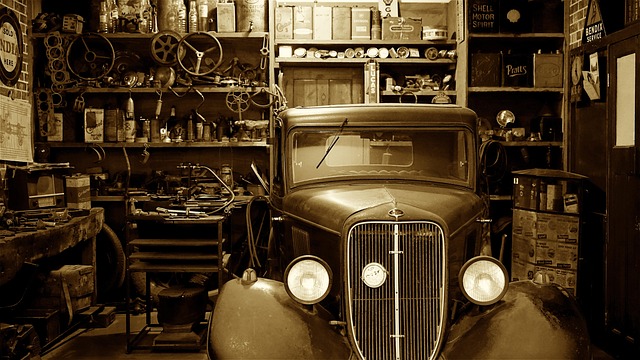
When it comes to effective plastic body part repair, having the right tools is paramount. The process requires precision and expertise, especially when dealing with modern car designs that feature extensive use of plastic components. Essential tools for this task include specialized cutting and trimming tools such as high-quality shears and dremel-type rotary tools, which allow for meticulous manipulation and shaping of the plastic without causing damage.
Additionally, a robust collection of body filler, sandpaper of various grits, and paint supplies are indispensable. These materials enable technicians to fill in imperfections, smoothen surfaces, and apply precise finishes that match the vehicle’s original color and texture. Many car bodywork services rely on these tools to ensure top-notch results for their customers, offering solutions for any type of plastic body repair, from minor dents to significant damage, in their car body shop.
Specialized Equipment and Their Roles

Effective plastic body part repair demands specialized equipment tailored to handle intricate shapes and materials. Tools like heat guns, which gently warm and mold plastic components, are essential for precise reshaping. These devices enable technicians to restore damaged panels to their original form, ensuring a seamless fit in automotive repair or car body shop settings.
Additionally, vacuum forming machines play a pivotal role in creating custom plastic parts. By drawing heated plastic over a mold, these tools allow for the reproduction of complex designs with accuracy. This technology is particularly valuable in vehicle collision repair, where replacing unique body panels requires both skill and specialized equipment to achieve a flawless finish.
Additional Accessories to Enhance Repair Process

When it comes to plastic body part repair, having the right tools is only half the battle won. To truly enhance the process and ensure meticulous craftsmanship, several additional accessories play a pivotal role. These range from specialized tape and glues designed for plastics to precision sandpaper and polishers that allow for exacting finishes.
For instance, dent removal tools like clamps and air guns are invaluable for shaping and smoothing out dents in plastic panels. Similarly, auto glass repair kits facilitate the replacement of cracked or chipped windows, which is a common issue in vehicle accidents. These accessories, combined with high-quality materials and expert techniques, contribute significantly to the overall effectiveness and longevity of auto body services, making them essential components of any comprehensive plastic body part repair kit.
In conclusion, effective plastic body part repair requires a combination of essential tools, specialized equipment, and additional accessories. By arming yourself with these key components, you’re well-equipped to tackle repairs efficiently and accurately. Whether it’s for personal or professional use, understanding the importance and application of each tool will undoubtedly enhance the overall plastic body part repair process.
